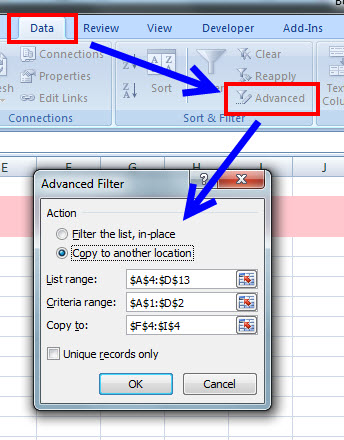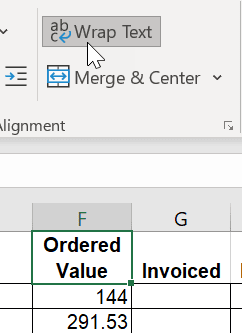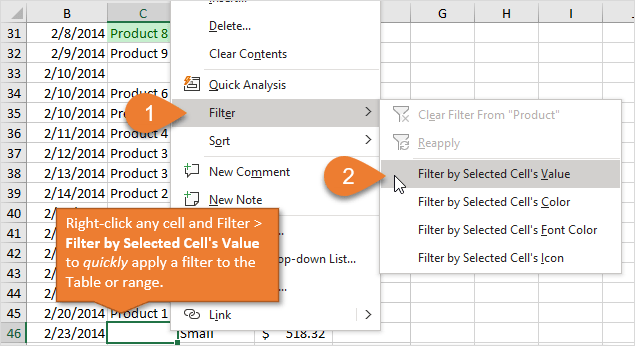

- #After filtering in excel how many rows are left how to
- #After filtering in excel how many rows are left mac
We will move row number 7 and 8 to the 17 and 18. Follow these steps for moving one or more rows to a new location. That may result in #REF! error – so be careful.įor moving one or more rows, the procedure is almost the same as in the case of columns. You need to adjust the column references manually.įor example, as we moved C column contents to H and if other cells like D column cells are referencing the C cells then those will keep on referencing C after you copied the content to H.

However, cell references are not adjusted. If you want to copy the content rather than cut/paste then instead of Ctrl + X in step 2, press Ctrl + C or Command + Cshort keys.Īs moving columns, Excel copies the content as well as any formulas, resulting in moving the values, hidden cells, and cell formats. This will move the contents of column C to column H. Select column H header so that whole column is selected and press Ctrl + V(Windows) or Command + V on Mac. This should make the borders of C column dotted.
#After filtering in excel how many rows are left mac
I selected C column again that I will move to column H.įrom the keyboard, press Ctrl + X on Windows or Command + X on Mac OS.

Select a column header as we did in both above methods. Now press Ctrl + V on Windows OS or Command + V on Mac. Select the desired destination column letter that will highlight the whole column. Press the Ctrl + X on Windows or Command + X on Mac operating system. Select the column as we did in the above example. If you want to copy the column to the new location while keeping existing in place then just press the Ctrl key before dragging the column to the new location.įor moving a column by short key, follow this: Note that, this method cut/pastes the column to the new location. You can see the C column is moved to the H. For example, we want to move the column C to the H: The picture below shows border with move pointer:ĭrag the move pointer to the desired location where you want to relocate the column. Select a column by clicking on A, B, C etc.īring to mouse over the border of any cell in of the selected column so that mouse pointer becomes move pointer:
#After filtering in excel how many rows are left how to
In this tutorial, I will show you how to move columns and rows in Excel by copy/paste and another way with demo pictures – so keep reading.įollow these steps for moving a column to the desired location by using the mouse. However, you may move columns and rows in other ways as well. In spreadsheet programs such as Excel and Google Spreadsheets, there are several different sort orders available depending on the type of data you're sorting.In simple terms, moving the rows and columns in Excel is just the matter of cut and paste or pressing the short keys Ctrl + X and Ctrl + V, that you might already use to while working in Excel, MS Word or other programs. What are the two types of sorting in Excel? (The other rows gets hidden.) Using the store data, if you are interested in seeing data where Shoe Size is 36, then you can set filter to do this. People also ask, what is filtering data in Excel?įiltering data in MS Excel refers to displaying only the rows that meet certain conditions. Filtering data lets you hide unimportant data and focus only on the data you're interested in. When you sort data, you are putting it in order. Subsequently, question is, what is Sorting and filtering in MS Access? About sorting and filtering Essentially, sorting and filtering are tools that let you organize your data. It's easiest to learn with an example! Here is a step-by-step example of how to sort a data table column (list) in Excel. Sorting allows you to organize data based on some criteria, usually alphabetically (A-Z or Z-A) or numerically (lowest to highest or highest to lowest). Keeping this in view, what is sorting in MS Excel? The filter tool gives you the ability to filter a column of data within a table to isolate the key components you need. There are many built-in Excel tools to help with data management and the sorting and filtering features are among the best.


 0 kommentar(er)
0 kommentar(er)
